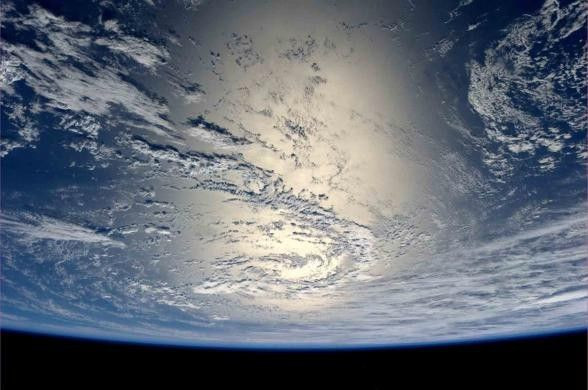Following the Radio Waves May Lead to the Discovery of Hidden Exomoons [Watch Video]

There has been an enormous amount of curiosity associated with life beyond Earth. To date, 1,800 planets outside the solar system have been discovered. These planets are called exoplanets, but no one could claim to confirm an exomoon.
According to the report by phys.org, at present, physicists from The University of Texas at Arlington felt that following a trail of radio wave emissions may lead them to that discovery.
Their work was published in the Aug 10 issue of The Astrophysical Journal. The paper is titled "Detection of Exomoons Through Observation of Radio Emissions.
In that paper, the description of radio wave emissions that result from the interaction between Jupiter's magnetic field and its moon Io was calculated, and scientists hoped to use this calculation to find the exomoon.
"This is a new way of looking at these things," said Zdzislaw Musielak, professor of physics in the UT Arlington College of Science and co-author of the new paper. "We said, 'What if this mechanism happens outside of our solar system?' Then, we did the calculations and they show that actually there are some star systems that if they have moons, it could be discovered in this way."
The concept of life on a moon has acted as a source of inspiration for many science fiction movies.
Researchers also think some moons from our solar system, like Saturn's Enceladus and Jupiter's Europa, could be great candidates for supporting life because of their atmospheric composition, potential for water and distance from the sun.
As explained by Musielak, using existing methods, it has been hard to locate an exomoon, but with the new method of looking at the radio wave emissions, they have come up with these difficulties that could be resolved to predict the existence of exomoons.
The team even talked about two exoplanets where they would expect to find exomoons in the future: Gliese 876b, which is about 15 light years away and Epsilon Eridani b, which is about 10.5 light years away.
"Most of the detected exoplanets are gas giants, many of which are in the habitable zone," co author Suman Satyal said. "These gas giants cannot support life, but it is believed that the exomoons orbiting these planets could still be habitable."





















